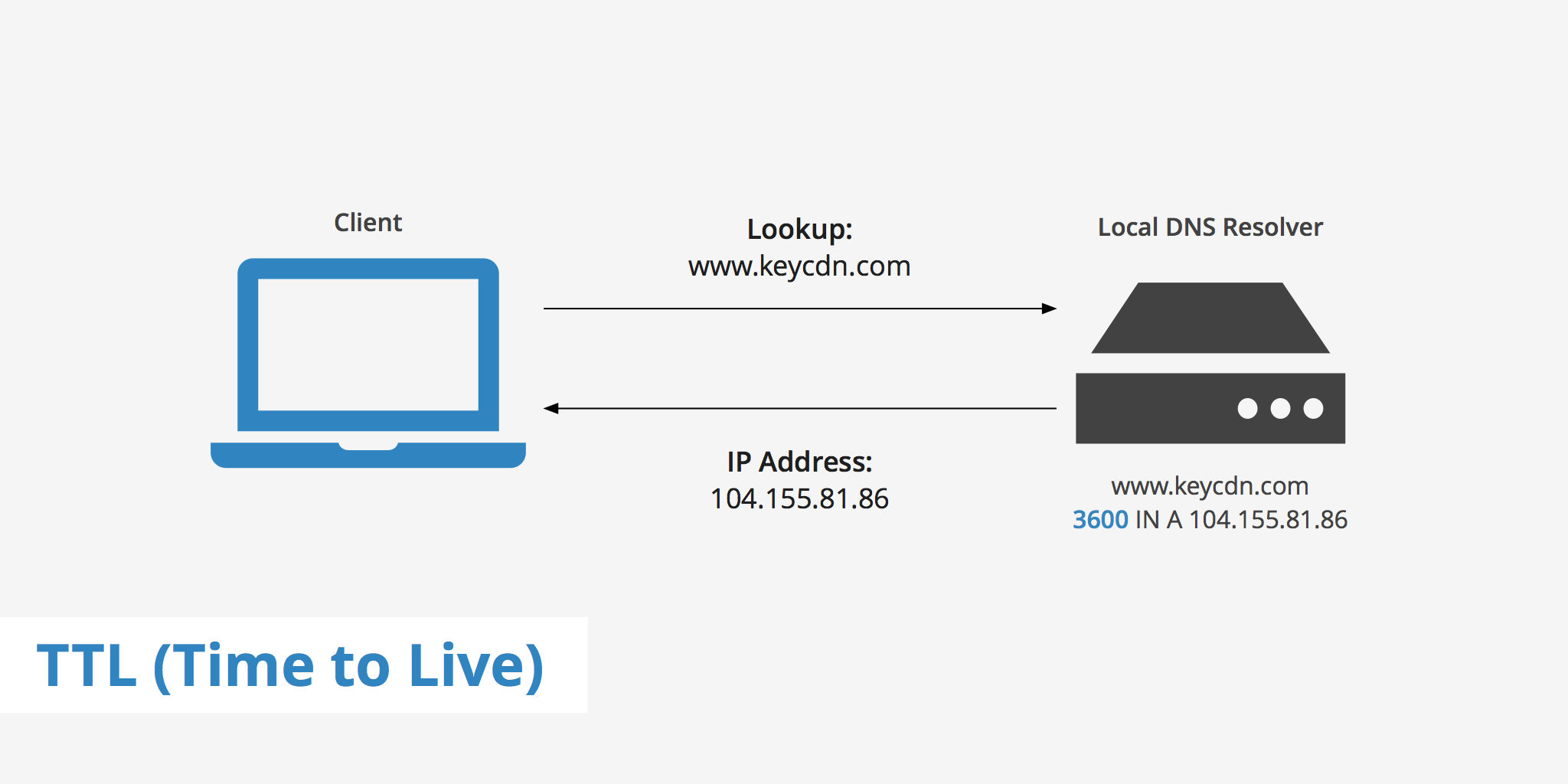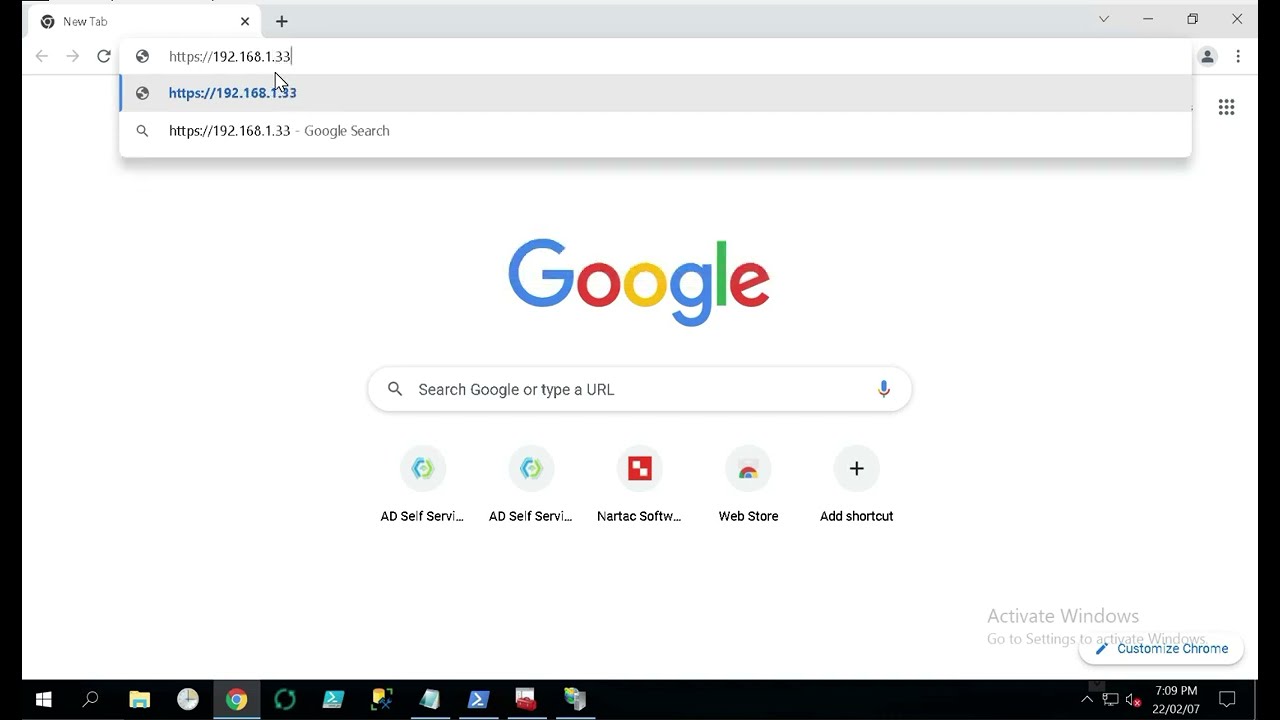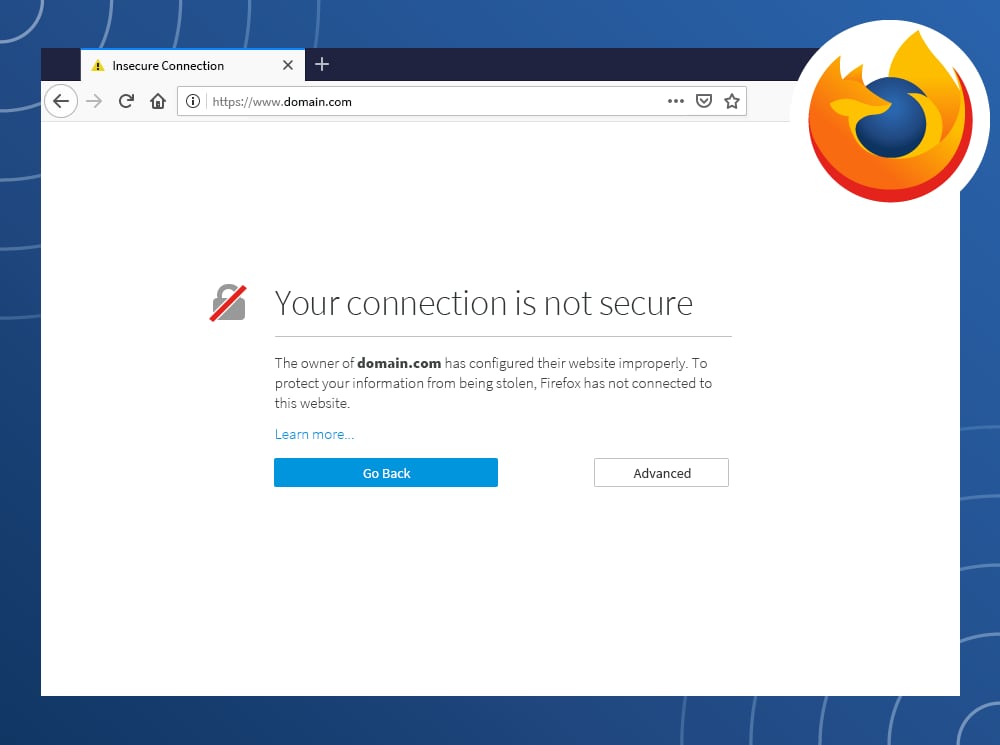
TFTP (Simplified File Transfer Protocol) is a simplified form of the File Transfer Protocol. It uses UDP in place of TCP, and does not require authentication. This makes TFTP a lot faster than FTP. FTP is faster than TFTP. However, there are some differences. This article will talk about TFTP, and some of its limitations. TFTP does not support authentication. TFTP could be an option if you are looking to share files between systems.
TFTP (Transfer Protocol for Files) is a simplified version
TFTP is a simplified file transfer protocol (FTP) that can be used in place of FTP. It doesn't use authentication or logon mechanisms like FTP. It transmits data in plain text over a network so that it can be easily intercepted by malicious attackers. Because of this, TFTP is not a good choice for sensitive data transfer. However, TFTP can be useful for bootstrapping.
TFTP operates on a client request. This request is also known to be a "connection request". The server must accept the request. Client sends the file once the server has granted the connection request. The file is sent as blocks. This block size was set at 512 bytes in the original TFTP protocol. However, later versions of the protocol allow clients and servers to negotiate the size of each block. If the client rejects the request, the transfer will be considered unsuccessful.
It lacks authentication
TFTP is a protocol that allows file transfers. It operates on UDP port69 and doesn't require authentication. TFTP uses RFC 1350 datagram format to allow clients to access files and write to servers. TFTP is not widely used on the Internet, despite this. TFTP can be used to send configuration files or ROM images to VoIP handsets.

TFTP was designed to perform the most basic file transfers and was published in 1980. It is not authenticated so it is usually found on a local-area network. This means that an unauthorized user could gain access to files that are being uploaded from a remote server.
It uses UDP
To determine if TFTP is using UDP, we can use tcpdump. Basically, UDP dump will interpret a packet and print the RRQ (name of file) and the length in bytes. The opcode's first two bytes are followed by eight netascii bytes and another bytes.
TFTP uses UDP port 69 in order to transfer files from and to remote servers. TFTP does no provide authentication or encryption. Clients cannot protect their files from being tampered with. This protocol does NOT list directory contents.
It is much faster than FTP
TFTP is a protocol that connects clients and servers. Although not as secure as FTP it can be an alternative for file transfer. It can be used in situations where directory visibility does not matter, such as when you need to back up or update files on an IOS-based device. It works differently from FTP because it requests files. This can make it more difficult to use if you need large file transfers.
TFTP, a client-server protocol, uses the User Datagram Protocol to send files from and to servers. To send files, it uses UDP port 69. It does not support user authentication and is therefore not secure. Instead, the client sends an acknowledgment of each data unit sent and the server sends the next data unit. FTP is much more complex than TFTP, so it's simpler to implement.

It lacks error checking
Trivial File Transfer Protocol TFTP (file transfer protocol) is a file transfer protocol. This protocol uses a network connection for file transfer from a client or server. This protocol is intended to be lightweight and easy to implement. It does not include the usual FTP features such as error detection, user authentication, or directory support. TFTP can sometimes cause errors due to file name problems, or user credentials that are incorrect.
TFTP uses simple methods to reject corrupt files. In addition, TFTP is not secure against man-in-the-middle attacks, so encryption is required. TFTP's File Transfer Protocol has a 32 MB maximum file size and 6-five hundred fifty -five thousand blocks.
FAQ
What Should I Include In My Portfolio?
These should all be included in your portfolio.
-
Some examples of your past work.
-
If possible, links to your site
-
Links to your blog.
-
These are links to social media sites.
-
Links to online portfolios of other designers.
-
Any awards you've been awarded.
-
References.
-
Get samples of your works.
-
Links showing how you communicate with clients.
-
You are willing to learn new technologies.
-
Here are some links to show you are flexible.
-
Links that show your personality
-
Videos showing your skills.
Where can you find freelance web developers?
Freelance web designers and developers are available in many locations. These are the top options:
Freelance websites
These websites offer job listings for freelancers. Some sites have very specific requirements while others do not care about what kind of work you do.
Elance is a great place to find graphic designers, programmers and translators.
oDesk is similar, but they concentrate on software development. They have job opportunities in PHP. Perl. Java. C++. Python. JavaScript. Ruby. Android. And.NET developers.
Another option is to visit oWOW. Their website focuses on web and graphic designers. They also offer video editing, writing, programming, SEO, social media marketing, and many other services.
Forums Online
Many forums allow members to post jobs and advertise themselves. DeviantArt, a forum for web designers, is one example. Searching "web developer", in the search bar will bring up a list with threads that are looking for help with websites.
What Kinds Of Websites Should I Make?
This question is dependent on your goals. To build a business around your website, you may want to focus on selling products online. This will require you to set up a strong eCommerce site.
Other popular types of websites include blogs, portfolios, and forums. Each type of website requires different skills. You will need to be familiar with blogging platforms like Blogger or WordPress if you wish to create a blog.
You will need to decide how to customize your website's look when you select a platform. There are many templates and themes that are free for each platform.
Once you've chosen a platform, you can build your website by adding content. You can add images and videos to your pages.
Once you're ready to publish your website online, click here. Once your website is published, visitors will be able to access it in their web browsers.
How much does it cost for a website to be built?
The answer to that question depends on the purpose of your website. Google Sites might be free if your website is limited to information about you or your company.
However, if you want to attract visitors to your website, you'll likely want to pay for something more robust.
A Content Management System (like WordPress), is the most popular option. These programs make it easy to create websites without any programming knowledge. And because third-party companies host these sites, you won't need to worry about getting hacked.
Another way to build a website is to use a service called Squarespace. Squarespace offers a variety plans that range from $5 per person to $100 per person, depending on what information you want to include.
How Do I Choose A Domain Name?
It is crucial to choose a great domain name. It is essential to have a unique domain name. People will not be able find you when they search your product.
Domain names need to be short and simple to remember, relevant for your brand, and unique. Ideally, you want something that people would type into their browser.
Here are some tips for choosing a domain name:
* Use keywords that relate to your niche.
* Do not use (-), hyphens in your numbers and symbols.
* Don't use.net or.org domains.
* Don't use words that have been used before.
* Avoid generic terms such as "domain" and "website".
* Check that it is available.
Which website builder should I use?
A small website is the best way to build a successful web presence. If you have enough time and resources, build a site. If you don't have the resources to build a full-fledged site, a blog may be the best choice. As you develop your website design skills, you can always add additional features.
It is essential that you have a primary domain name before you can start your first website. This will give you something to point to when you publish content.
Statistics
- Studies show that 77% of satisfied customers will recommend your business or service to a friend after having a positive experience. (wix.com)
- The average website user will read about 20% of the text on any given page, so it's crucial to entice them with an appropriate vibe. (websitebuilderexpert.com)
- It enables you to sell your music directly on your website and keep 100% of the profits. (wix.com)
- In fact, according to Color Matters, a signature color can boost brand recognition by 80%. There's a lot of psychology behind people's perception of color, so it's important to understand how it's used with your industry. (websitebuilderexpert.com)
- At this point, it's important to note that just because a web trend is current, it doesn't mean it's necessarily right for you.48% of people cite design as the most important factor of a website, (websitebuilderexpert.com)
External Links
How To
Drupal 7: How to Use It for Web Design
Drupal is the most used Content Management System (CMS) of today. It was created by Dries Buytaert, a Belgian developer. The name of the site is derived by Dirk Buijtewaard's surname and Pierre d'Herbemont's surname. Drupal was released as an open-source CMS in 2005. There have been many versions of Drupal since then. Today, Drupal is used by many websites and companies around the world.
Drupal is popular because of many reasons. It's free to download. It's also very easy to customize it and extend it. It is also very well documented. Fourth, it provides great support through forums and IRC channels. It can be extended via modules. Sixth it supports multiple languages. It is easy customizable. It is also scalable. Ninth, it's secure. Tenth, it is reliable. It is also supported by the community. Drupal is the perfect choice for your next projects because of these features.
You might wonder what makes Drupal stand out from other CMS platforms. It's easy. Drupal is an Open-Source Content Management System. Drupal is free and open-source content management system. Drupal gives you full control over your website. You can edit your website, add pages or delete them, and change the colors, fonts, images and videos.
Drupal is a good choice if you don't have the technical skills to build a website. Drupal is a CMS that doesn't require programming skills. All you need is to learn how to use the essential functions of Drupal. You will then be able modify your website to suit your needs.
Drupal has many themes and plugins that are already pre-built. These plugins help you to enhance your site's functionality. To collect contact information, you can use Contact Form module. Google Maps also allows you to display Google Maps on your website. Drupal comes pre-made in thousands of templates. These templates give your site a professional look.
Moreover, Drupal is highly flexible. Drupal can be used to create new modules or to replace existing ones. You can do it quickly if you want to integrate social media into your website. You can also create RSS feeds and e-mail subscriptions.
Drupal's flexibility is also a plus. Drupal lets you add custom fields, forms, manage users and much more. Drupal also allows for complex layouts.
Drupal is stable and reliable. It is stable and scalable. It offers outstanding security features. Drupal is an excellent web development platform.